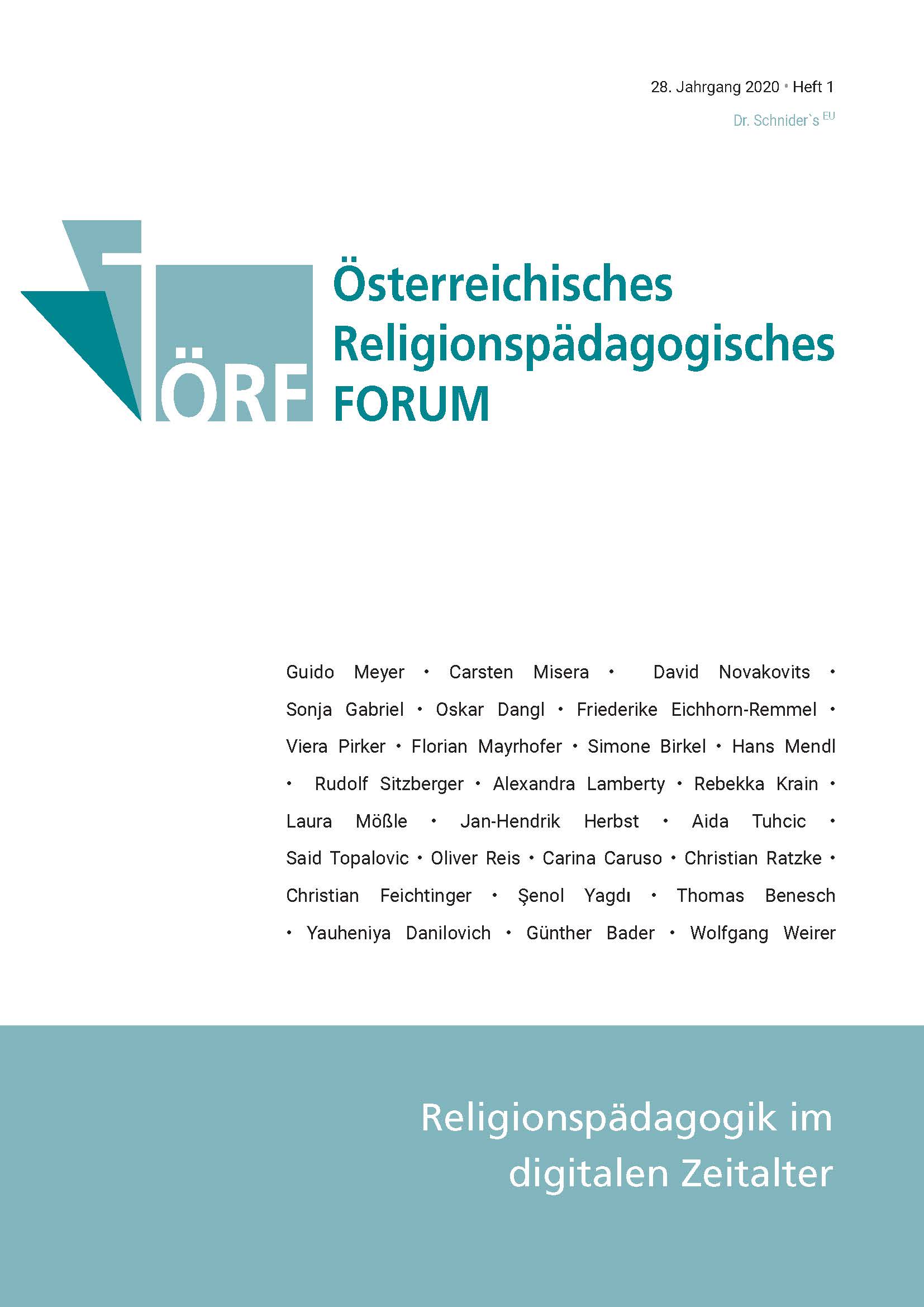The Mirror and Me
A Hermeneutics of subjectivation practices in the digital culture
DOI:
https://doi.org/10.25364/10.28:2020.1.3Keywords:
Non-availability and religious education, digital pictures and practices of subjectivation, the young and their images, acknowledgement in digital culture, political claim of photographyAbstract
Digital culture leads to new forms of subjectivation, which especially deal with pictures and images and demand new hermeneutical approaches also within the field of religious education. This contribution aims to develop a hermeneutics of subjectivation processes within the digital sphere, thus focusing on the impact of pictures on the imaginary of young people. In this respect, it seeks to question the thinking of availability that Modernity and late Modernity have developed, which is fully realised in the digital culture at present. Religious education has a peculiar responsibility in this regard, since it should consider whether there can be productive and humanizing interruptions of this modern thinking, bringing the category of non-availability into the digital-anthropological discourse. Considering historical (Ivan Illich), philosophical (Agamben and Benjamin) and psychoanalytical (Lacan and Recalcati) impulses, the article aims to open up a new hermeneutical perspective for religious education in an attempt to better understand the new forms of subjectivation of contemporary youth through digital pictures and images.

